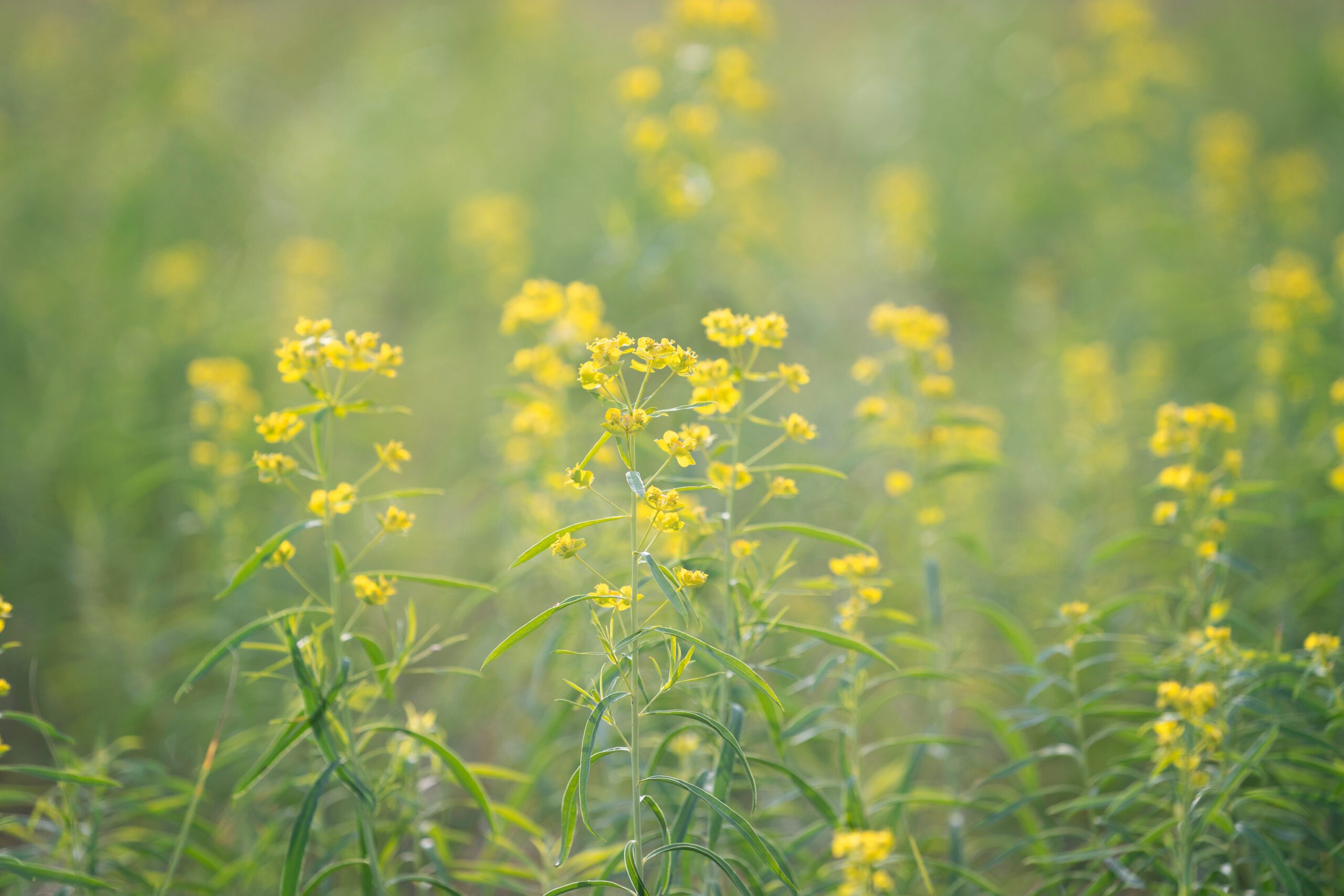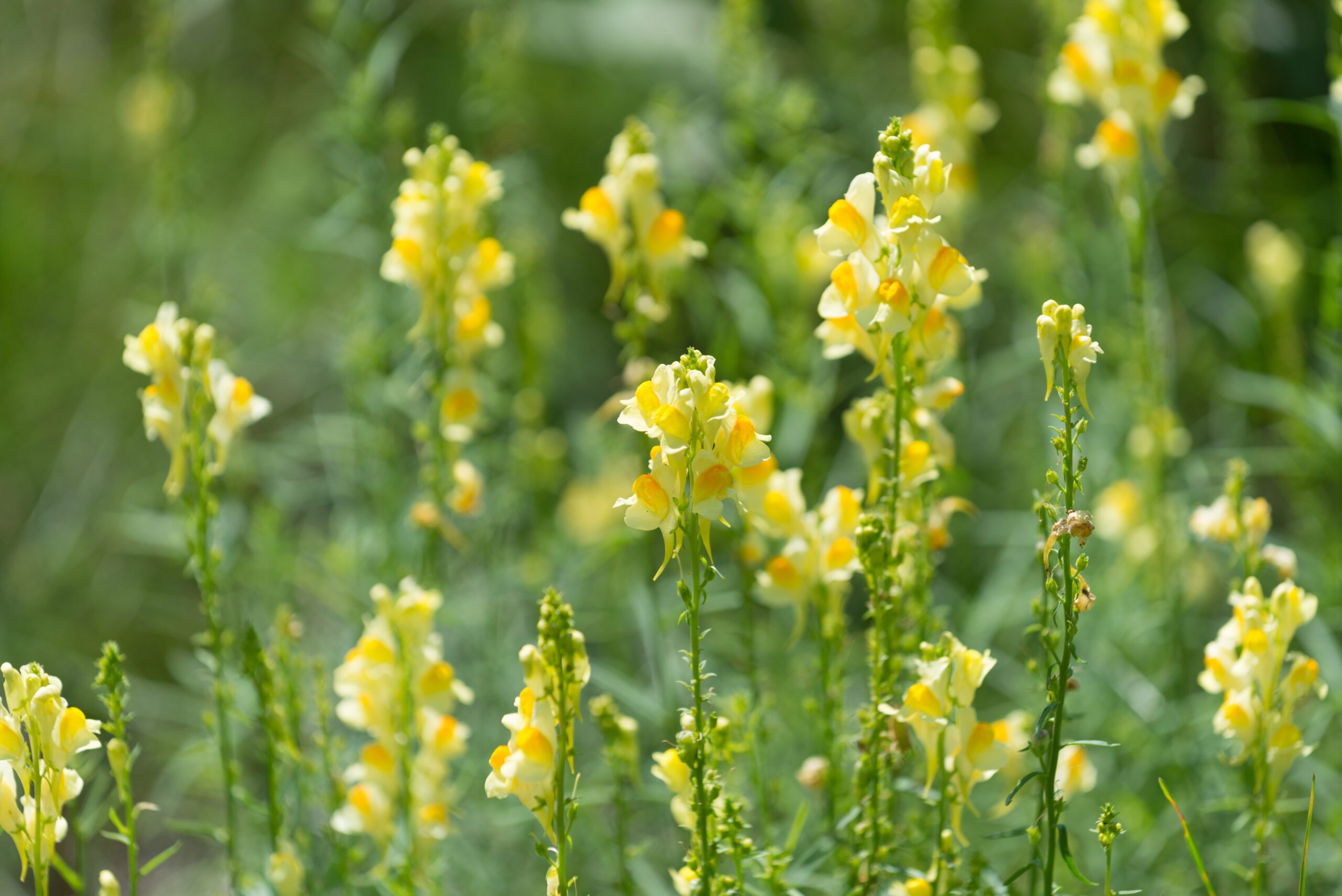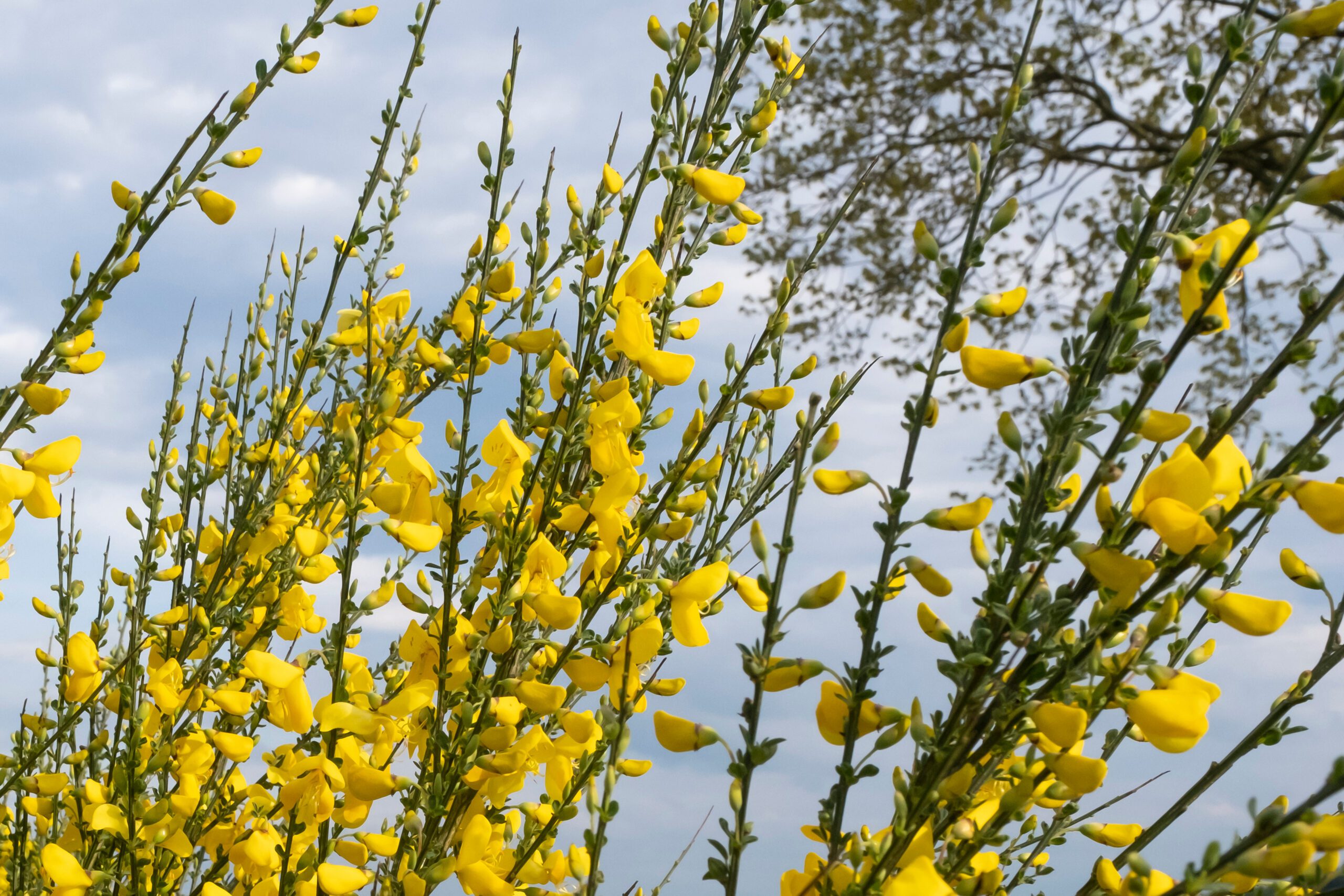Methods to identify and help fight invasives
By Benjamin Alva Polley EBS COLUMNIST
This is the third installment in a three-part series on invasive plants. In parts one and two, we learn what’s at stake, and explore specific invasive plants and how to manage them.
Invasive plants are widespread and pose a threat to forest and grassland ecosystems. The United States annually loses three million acres to non-native plant species.
Noxious weeds are non-native plants typically introduced intentionally or accidentally by humans. Their introduction causes economic and environmental harm. Invasive species can harm the habitats of native plants and wildlife. If left unmanaged, non-native plants can become overpowering as they have no natural predators to keep them in check. These species have evolved clever ways to spread seeds by latching onto vehicles, clothing, shoelaces, pets and livestock. They can also sneak into hay bales, seeds, or feed, traveling on rivers and through the air.
The U.S. Government recognizes over 4,000 exotic species, which have already colonized an estimated 133 million acres nationwide and cost the nation $26 billion economically and socially. Noxious weeds invade 4,600 acres of prime elk and deer habitat daily.
Many invasive plant species are toxic and can harm and even kill native wildlife.
Infestations often seem overwhelming, but private landowners can contact state and federal organizations to fight weeds. Partnerships with landowners and nonprofits are essential because if we only fight invasives on federal land, then there are substantial seed banks on private land that can only be held back for so long.
Rest assured that there is hope within reach. Once you identify the species, there are many ways to eradicate it from full colonization, like using non-toxic methods like hand-pulling, a vinegar solution with salt and soap detergent, bio-controls, and machines or more toxic methods like herbicides, but there are different degrees of poison.
In the last column, we discussed identifying and controlling rush skeletonweed, spotted knapweed, yellow starthistle, and cheatgrass. This column will look at saltcedar (tamarisk), leafy spurge, dalmatian toadflax, scotch broom and oxeye daisy.
Saltcedar (tamarisk)
Imported from Eurasia in the 1800s for wood, shade and erosion control, saltcedar proves useless for building or firewood, grows too densely to shade anything but itself, and guzzles almost 5 million acre-feet of water annually from its preferred habitats along river bottoms, desert springs and irrigation waterways. In arid states like Arizona, New Mexico, and Utah, that can mean the difference between flowing water surrounded by lush native vegetation and a bone-dry, alkaline streambed. Further diminishing forage quality for elk and other wildlife, fallen saltcedar leaves increase soil salinity and kill off microbes. Trees range from five to 25 feet, with roots penetrating 30 feet or more in search of water, and this exotic species depletes riparian zones—elk’s most vital habitat in arid landscapes.

It was first discovered in Montana in the Yellowstone and the Big Horn River in 1960. It is listed in 15 of 17 western states and has infested over 3.3 million acres. The most effective treatment is burning and cutting, followed by herbicides or vinegar.
Leafy spurge
In classic villain fashion, leafy spurge oozes toxic milk when pulled up by human hands or the mouths of livestock and wildlife. The liquid causes eye and skin irritation, blistering and even blindness. Just walking through it can blister horses’ feet and cause them to lose hair. Ingesting spurge, meanwhile, can cause severe diarrhea and muscle weakness.

And, as if all that isn’t bad enough, it grows an outrageously long and thick-skinned taproot, helping it to shrug off drought, herbicide, and fire. Leafy spurge may be the toughest-to-kill weed on this list, perhaps because it appears to be a hybrid of two or more Old World spurges, a hardy and adaptable mongrel.
It runs wild in spring before most natives gain a toehold. Then it dries out. Seedpods burst, flinging seeds up to 20 feet. It specializes in overtaking riparian forage critical to elk and other species, creating a yellow, green, then brown mosaic that has sullied broad landscapes throughout the Rockies and beyond. It has infested more than 5 million acres in 36 states. The most effective treatments are vinegar, herbicides and biocontrols combined with sheep and goat grazing.
Dalmatian and Yellow toadflax
The quaint yellow blooms on Dalmatian and yellow toadflax resemble snapdragons, which helped them find their way from the Mediterranean into U.S. gardens in the 1800s. Yet, beneath that attractive exterior lurks a plant filled with poisonous glucoside and as many as 500,000 seeds capable of leaving wildlife broke and breadless. Dalmatian toadflax averages three feet tall, while yellow toadflax, sometimes called butter and eggs, is often half that height. Both large infestations plague most western states and have taken over nearly 50,000 acres in Colorado alone.

Weed manager Hal Pearce says that yellow toadflax “is our biggest beast” on Colorado’s White River National Forest, home to the world’s largest elk herd. Early detection at the sprout stage is critical to defeating toadflax. Once an extensive root system is established and mature plants go to seed, it often requires 10 to 15 years of treatments to eliminate. Over 30 states report infestations. The best treatment methods are vinegar, herbicides or newer biocontrols such as toadflax stem weevils.
Scotch broom
Now next to ubiquitous in the Pacific Northwest, Scotch broom spells disaster for wildlife.
It eliminates native competitors by growing faster and more densely and producing tannins, making it unpalatable for wildlife. Each plant sheds thousands of seeds that ride the wind or latch onto clothing and footwear. Vehicles are the most common distributor, sucking up tiny seeds as they pass by, then sowing them down roadways.

Scotch broom blankets meadows, powerline corridors, and other openings, which is lousy news for Roosevelt elk, depending on forest openings that can be few and far between in the Pacific Northwest. Rocky Mountain Elk Foundation has partnered with state and federal agencies for many years to cut and spray this invasive plant, helping ensure the region’s limited sunlight reaches grasses and forbes below. Twenty-six states, on both the East and West coasts, report infestations. It is confirmed in Sanders and Lincoln counties in Montana and reported in Missoula, Powell and Ravalli counties. The best treatment is to chop mechanically or manually and spray with herbicides or vinegar.
Russian olive
Like saltcedar, this tree was once seen as a panacea for erosion control, upland bird habitat and shade creation. But since it was imported from China, Japan, and Korea in the 1830s, Russian olives have had a field day out-competing native plants by forming dense shade clusters with little growth below them.

It churns out 200,000 seeds annually and can adapt to various habitats as its nitrogen-fixing root nodules allow it to grow in even the poorest soils. Once land managers realized this tree could be a scourge, they were disturbed that cutting or burning only seemed to enable vigorous growth. Autumn olive has quickly become one of the most troublesome shrubs. Thirty-eight states report infestation. The best treatment is cutting, followed by vinegar, herbicides and hand-pulling new sprouts.
Oxeye daisy
Among this list of habitat destroyers, oxeye daisies may be the gentlest in their attack style, basically prettying places to death.

Between June and August, oxeye daisy blooms with 15 to 30 small white flowers on stems a foot or two tall. Yet each plant can hold 500 seeds that stay viable for decades. Some claim this European ornamental also has the mysterious ability to ward off lightning. If that were true, it might be handy since the flower readily grows at elevations up to 11,000 feet. The problem for wildlife, though, is the dense fields of flowers that oxeye regularly create—displacing native plants in meadows and along road and trail corridors. From an elk’s perspective, that makes a nutritional desert. Yet, due to their visual appearance, oxeye draws less aggressive treatment and is still peddled at many gardening stores. Reach instead for the similar Shasta daisy, which stands almost a foot taller and has larger flowers. While it hails from Spain and Portugal, it is far less invasive.
Fifty states are reporting infestations. Herbicides, vinegar, bio-controls and hand-pulling are the best treatment methods.
Together, we can fight and control the infestation of invasive species and prevent them from seizing prime wildlife habitats.
Benjamin Alva Polley is a place-based storyteller with stories published in Adventure Journal, Audubon, Esquire, Field & Stream, The Guardian, Outside, Popular Science, Sierra, and other publications on his website. He holds a master’s in Environmental Science and Natural Resource Journalism from the University of Montana.















